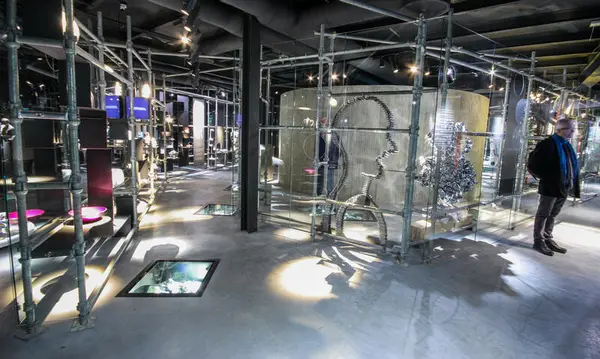- 1/1
The exhibition at the Aluminium Museum in Holmestrand is alone in conveying the unique story of Norwegian aluminium processing, with a downstream focus. Despite the fact that the country does not have domestic deposits of the raw material bauxite, it was early to produce aluminium.
Rich hydropower resources made it possible to set up energy-intensive smelters from the early 1900s, and Norway soon grew to become one of the biggest aluminium producers in the world. What is unique about Holmestrand, however, was that they started to further process this new and modern metal. The company has been involved in developing a number of aluminium products over the years, and developed into the country's leading aluminium knowledge hub.
The factory next door to the museum currently produces semi-finished products that are largely based on scrap metal, and is still in full operation. The transition towards lower emissions leads to an increase in the need for aluminium, and the factory in Holmestrand was among the first in Europe to focus on recycling. The exhibition tells the story about this unknown part of Norwegian industrial history, in the face of the environmental challenges of today.
At the Aluminium Museum you can learn more about the unique properties of aluminium, how it is made and what it can be used for. The exhibition provides insight into the life cycle of the metal and product development – from the early days of this industrial adventure to today's high-tech business. Environmental challenges and circular economy are a fundamental theme in the exhibition, which operates in a borderland between history, museum communication and design. Curator Kristin Skjelbred, who was behind the new exhibition that opened in 2019, has collaborated with artist Arne Nilsskog, among others.
Welcome!
